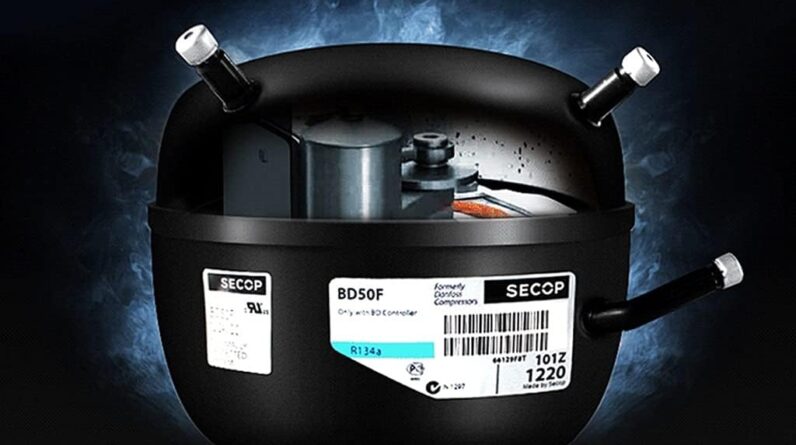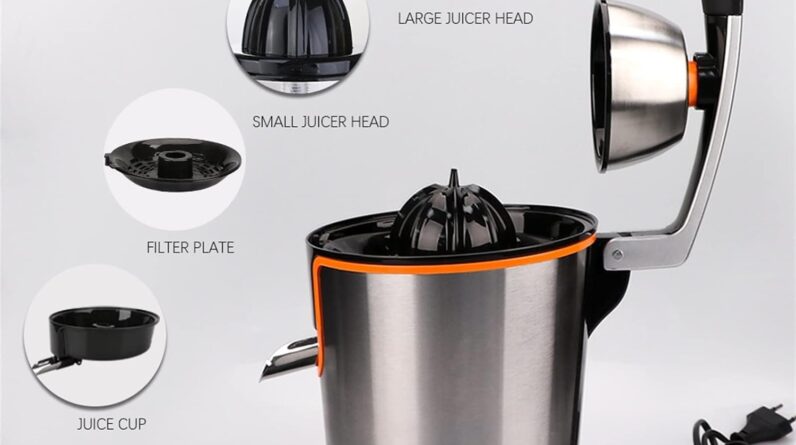
If you’ve ever faced the frustration of a dishwasher that leaves your dishes damp and unwelcomingly moist, fear not. This article is here to guide you through the process of troubleshooting and tackling the issue head-on. We’ll explore some common causes of dishwashers with drying issues and provide you with practical tips and solutions to ensure your dishes come out sparklingly dry every time. So grab your gloves and let’s dive into the world of troubleshooting a dishwasher with drying issues!

This image is property of assets.searshomeservices.com.
1. Check for Proper Loading
1.1 Arrange dishes properly
When loading your dishwasher, it’s important to arrange your dishes properly to ensure efficient and effective drying. Make sure to place your plates, bowls, and glasses in a way that allows for adequate airflow. Avoid overlapping or stacking items, as this can result in water being trapped and preventing proper drying.
1.2 Avoid overcrowding the dishwasher
While it may be tempting to load as many dishes as possible into your dishwasher to save time, overcrowding can hinder drying performance. Overcrowding restricts airflow and can lead to dishes not drying properly. Instead, give your dishes space to breathe by leaving some room between each item.
1.3 Position dishes correctly
Properly positioning your dishes can make a significant difference in drying results. Ensure that your dishes are facing downwards, allowing water to drain off them during the cycle. Bowls or cups with concave bottoms should be tilted slightly to prevent water from pooling. By paying attention to the position of your dishes, you can maximize drying efficiency.
2. Verify the Rinse Aid Dispenser
2.1 Check rinse aid levels
Rinse aid plays a crucial role in ensuring dishes dry effectively in a dishwasher. Check the rinse aid levels in your dishwasher and refill if necessary. Rinse aid helps to reduce water spots and improve the drying process by allowing water to flow off dishes more easily.
2.2 Adjust rinse aid settings
In addition to checking the rinse aid levels, it’s essential to adjust the rinse aid settings on your dishwasher. Most dishwashers have adjustable rinse aid settings that allow you to control the amount of rinse aid dispensed during the cycle. Experimenting with different settings can help you find the optimal amount for the best drying results.
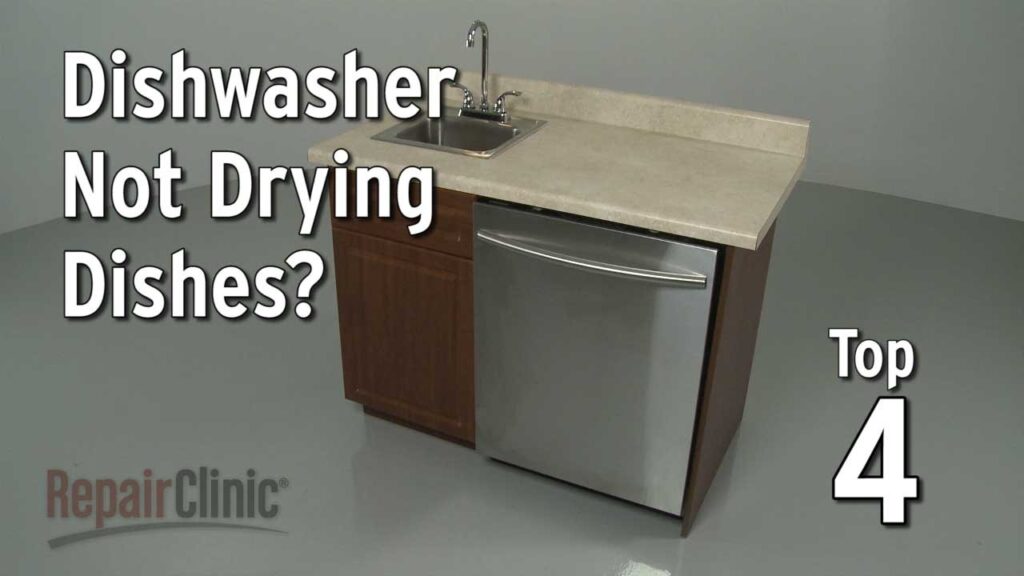
This image is property of i.ytimg.com.
3. Ensure Adequate Water Temperature
3.1 Verify hot water supply
Hot water is crucial for effective dishwasher drying. To ensure adequate water temperature, verify that your dishwasher is connected to a hot water supply. Ensure that the hot water in your home is turned on and of sufficient temperature. If you find that your dishwasher is not connected to hot water, consult a professional plumber to make the necessary adjustments.
3.2 Increase water temperature if needed
If you have confirmed that your dishwasher is connected to a hot water supply but the drying results are still lacking, it may be necessary to increase the water temperature. Check your dishwasher’s manual to determine if it has adjustable water temperature settings. Adjusting the water temperature settings to a higher level can help improve the drying performance.
4. Examine the Heating Element
4.1 Inspect the heating element for damage
The heating element in a dishwasher plays a vital role in drying the dishes. Inspect the heating element for any visible damage or signs of wear. Look for any cracks, breaks, or discoloration. If you notice any damage, it’s recommended to replace the heating element as a damaged element may not be able to provide sufficient heat for drying.
4.2 Test the heating element for continuity
If your heating element appears to be in good condition, but you’re still experiencing drying issues, it’s worth testing the element for continuity. Using a multimeter, check if there is a continuous flow of electrical current through the heating element. If there is no continuity, it indicates a faulty heating element that should be replaced to resolve the drying problems.
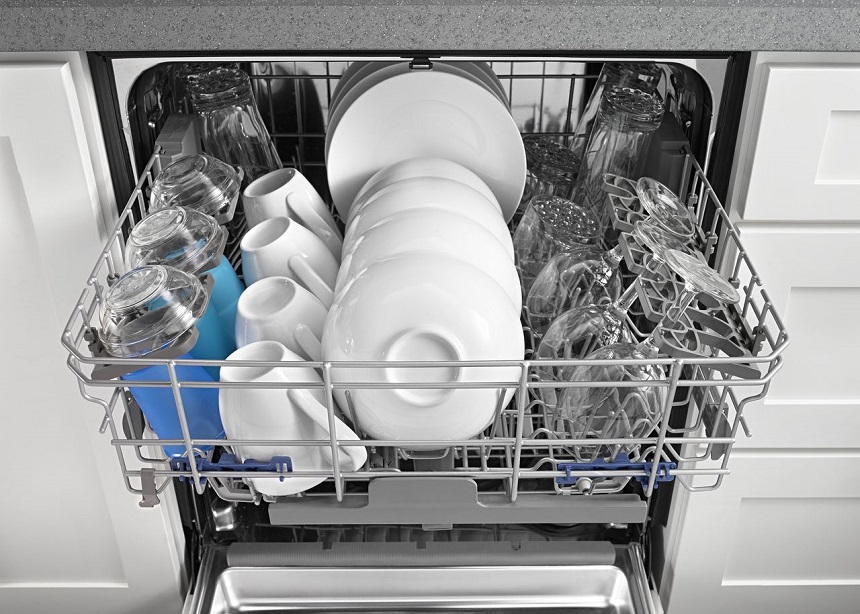
This image is property of universalappliancerepair.com.
5. Clean or Replace Dishwasher Filters
5.1 Remove and clean the filter
Dishwasher filters can become clogged over time, obstructing water flow and affecting the drying performance. To address this issue, remove the filter from your dishwasher and clean it thoroughly. Rinse the filter under running water and use a brush to remove any debris or residue that may have accumulated. Once clean, reinsert the filter back into its designated place.
5.2 Replace worn-out filters
If your dishwasher’s filter is worn out or damaged, cleaning it may not be sufficient to resolve drying issues. In such cases, it’s necessary to replace the filter entirely. Refer to your dishwasher’s manual or contact the manufacturer to ensure you purchase the correct replacement filter. Regularly checking and replacing worn-out filters can help maintain optimal drying performance.
6. Check the Drying Fan and Vent
6.1 Inspect the drying fan for malfunction
A malfunctioning drying fan can significantly impact the drying performance of your dishwasher. Inspect the drying fan to ensure it’s functioning correctly. Look for any obstructions or debris that may be hindering the fan’s operation. If the fan is not rotating or appears damaged, it may need to be replaced to restore proper drying functionality.
6.2 Clear any blockages in the vent
The vent in your dishwasher allows moist air to escape, aiding in the drying process. However, if the vent becomes blocked or obstructed, it can disrupt the airflow and result in poor drying. Check the vent for any blockages and clear them away. Use a small brush or compressed air to remove any debris or buildup that may be impeding the vent’s function.
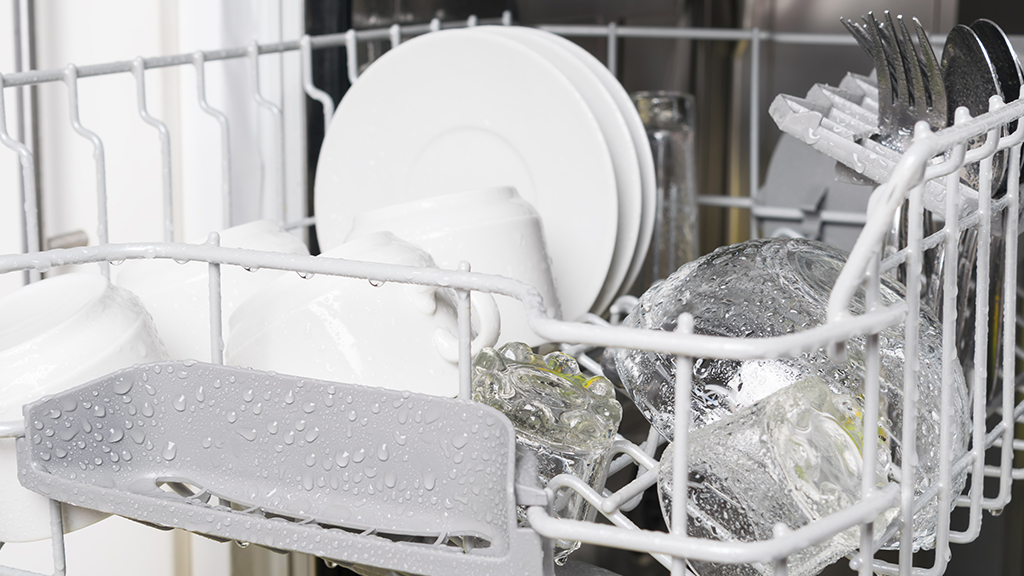
This image is property of images.ctfassets.net.
7. Confirm Adequate Water Pressure
7.1 Check water pressure levels
Insufficient water pressure can affect the overall performance of your dishwasher, including the drying process. Check the water pressure levels in your home and ensure they meet the required range specified in your dishwasher’s manual. Low water pressure can prevent proper rinsing and drying, so it’s important to address any water pressure issues if detected.
7.2 Adjust water pressure settings
If you find that your dishwasher’s drying performance is impacted by low water pressure, it may be possible to adjust the water pressure settings. Consult your dishwasher’s manual to determine if there are adjustable water pressure settings and make the necessary adjustments to optimize the drying process. If unsure, consider contacting a professional plumber for assistance.
8. Evaluate the Control Board
8.1 Test the control board for faults
The control board, also known as the circuit board, controls and regulates various functions of your dishwasher, including drying. If the control board is faulty, it can disrupt the drying process. To determine if the control board is the cause of the issue, test it for faults using a multimeter. If a fault is detected, it’s advisable to replace the control board to restore proper drying functionality.
8.2 Reset the control board if necessary
Sometimes, a simple reset of the control board can resolve minor issues and restore optimal drying performance. Refer to your dishwasher’s manual for instructions on how to reset the control board. Following the reset procedure can help troubleshoot any temporary glitches or errors in the system. If the issue persists, further investigation or professional assistance may be required.
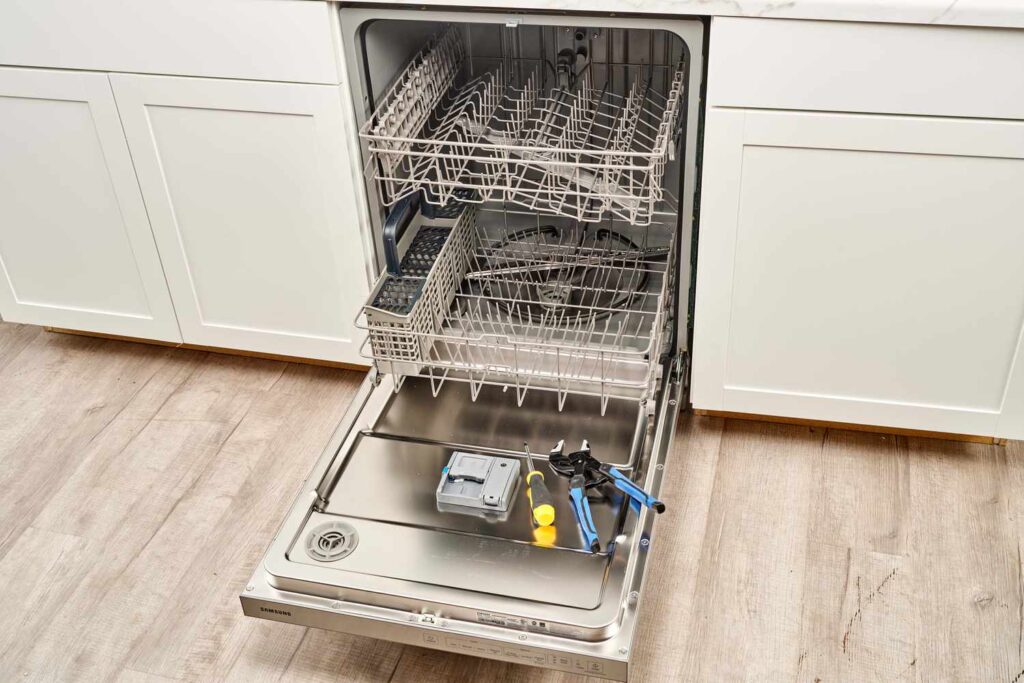
This image is property of www.thespruce.com.
9. Inspect the Detergent Used
9.1 Use the correct type and amount of detergent
Using the correct type and amount of detergent is crucial for achieving satisfactory drying results in a dishwasher. Ensure you are using a high-quality dishwasher detergent suitable for your machine. Using the recommended amount as specified in the detergent’s instructions can also contribute to proper drying.
9.2 Check detergent dispenser operation
The detergent dispenser in your dishwasher is responsible for releasing the detergent at the appropriate time during the cycle. Inspect the detergent dispenser to ensure it’s functioning correctly. If the dispenser is clogged or not opening properly, it can affect the distribution of the detergent, including the drying process. Clean or replace the dispenser if necessary to maintain optimal drying performance.
10. Seek Professional Assistance
10.1 Contact customer support
If you have exhausted all troubleshooting steps and are still experiencing drying issues with your dishwasher, don’t hesitate to contact the customer support of the manufacturer. They can provide guidance specific to your dishwasher model and offer further assistance in identifying and resolving the problem.
10.2 Consult a professional technician
For complex or persistent drying issues, it may be necessary to consult a professional dishwasher technician. A skilled technician can accurately diagnose the problem and provide comprehensive repairs or replacements, ensuring that your dishwasher’s drying functionality is restored effectively. Contacting a professional technician can save you time and frustration in troubleshooting and resolving intricate issues.
By following these troubleshooting steps, you can address common drying issues in your dishwasher. Remember to check each aspect, from loading and rinse aid usage to water temperature and components’ condition. With proper maintenance and care, you can maintain optimal drying performance in your dishwasher, ensuring sparkling clean and dry dishes every time.


